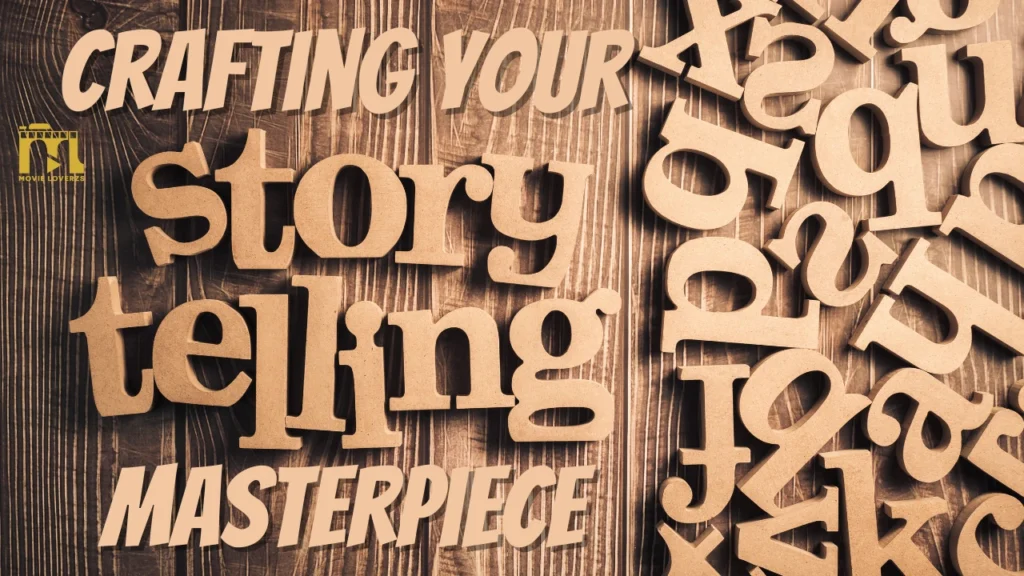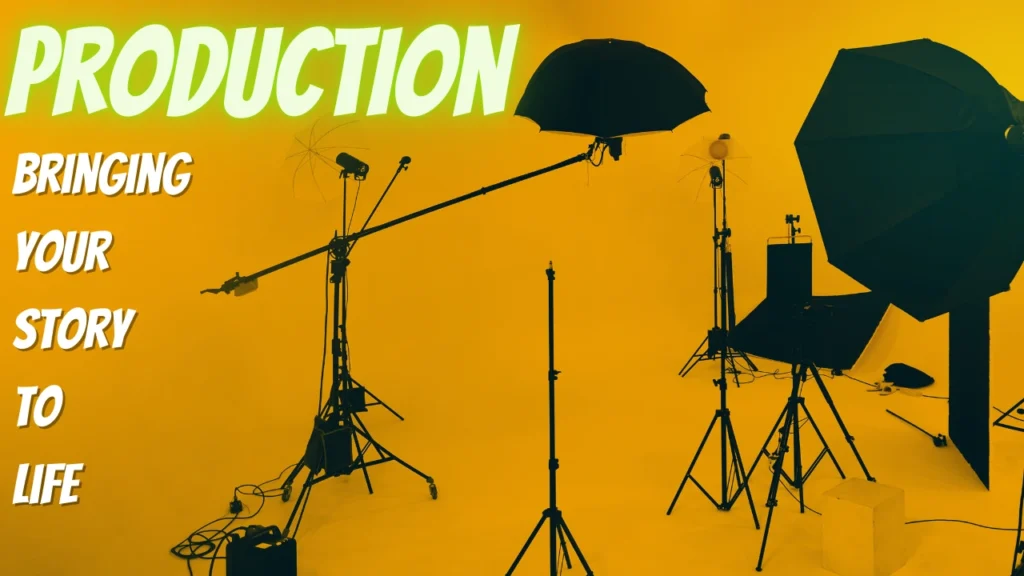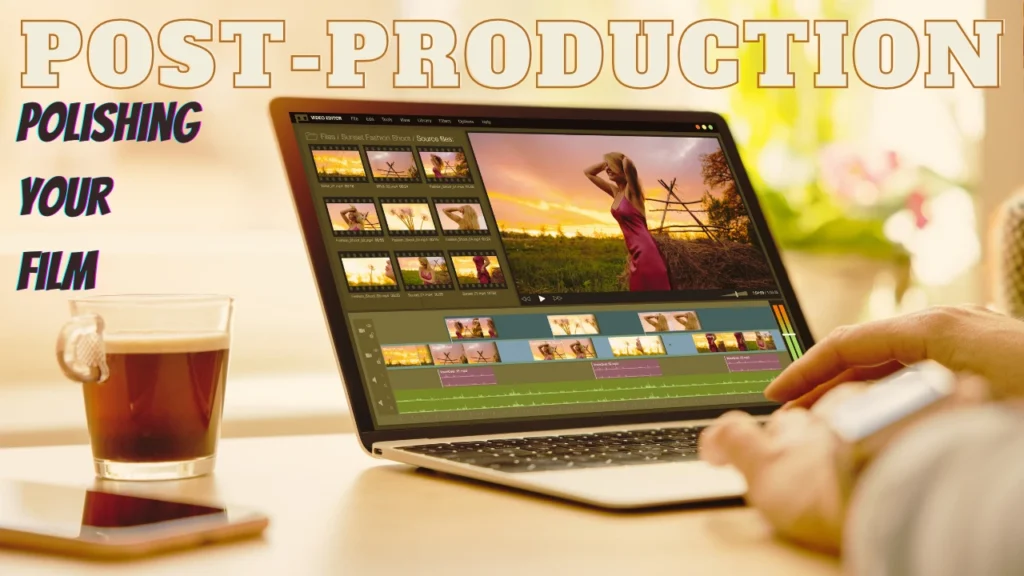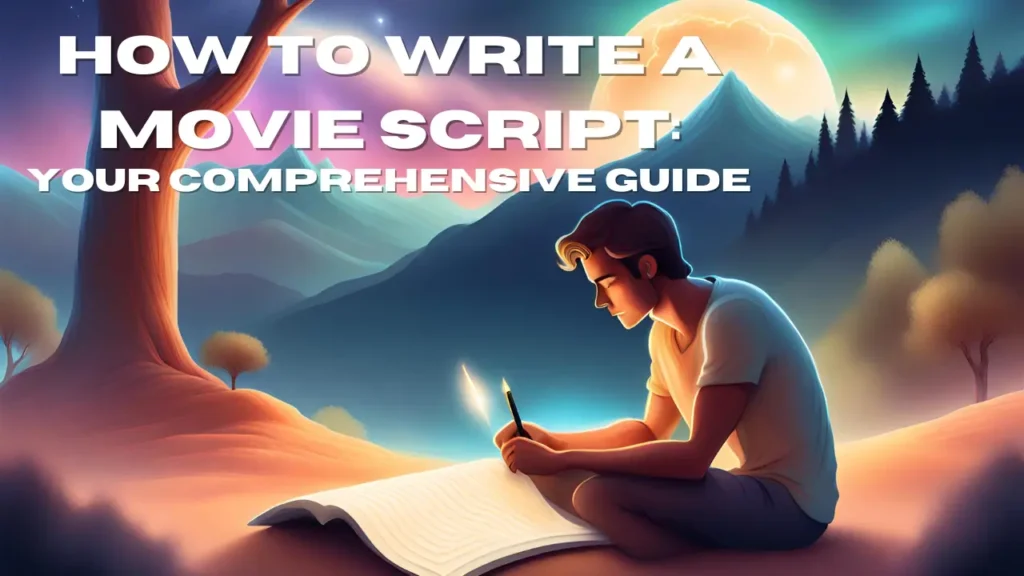Table of Contents
ToggleAre you a budding filmmaker eager to create a compelling story that captivates your audience? Look no further! In this ultimate guide to narrative filmmaking, we will delve into everything you need to know to craft your storytelling masterpiece. From pre-production to post-production, we’ll cover the essential aspects of narrative filmmaking, including planning, writing, directing, and editing.
Introduction: Crafting Your Storytelling Masterpiece
Creating a great film is about more than just good camera work and special effects. At its core, filmmaking is storytelling. As a filmmaker, your goal is to create a narrative that engages your audience, draws them into the story, and keeps them invested until the end. But how do you achieve this? How do you craft a compelling story that resonates with your audience?

The answer lies in the art of narrative filmmaking. By using a range of storytelling techniques, including visual imagery, sound design, and character development, you can create a story that not only entertains but also educates, inspires, and provokes thought. In this guide, we’ll walk you through the steps of creating a powerful narrative film that connects with your audience on an emotional level.
Pre-Production: Planning Your Story

Before you start filming, you need to have a plan. Pre-production is the phase of filmmaking where you plan out your story, cast your actors, scout locations, and create a shooting schedule. Here are some steps to follow during pre-production:
Step 1: Create a Concept
Your concept is the foundation of your film. It’s the basic idea that will drive your story forward. When creating your concept, consider the following:
- What is the genre of your film?
- What is the central conflict of your story?
- What is the theme of your film?
- What is the message you want to convey?
Your concept should be simple yet powerful, with a clear focus on your story’s core conflict.
Step 2: Write Your Script
Once you have your concept, it’s time to write your script. Your script should include:
- Dialogue
- Action
- Description of the setting
- Character development
Your script should be engaging and keep the audience interested in the story.
Step 3: Create Storyboards
Storyboards are a series of drawings that outline the shots you plan to use in your film. They help you visualize the film before you start filming and make sure you get the shots you need.
Step 4: Cast Your Actors
The actors you choose will bring your characters to life. Choose actors who fit the roles and can deliver convincing performances.
Step 5: Scout Locations
Choose locations that fit your story and create the desired atmosphere.
Step 6: Create a Shooting Schedule
A shooting schedule helps you organize your shoot and make sure you stay on track. It should include the date, location, and shots you plan to film each day.
Production: Bringing Your Story to Life

Now that you have your plan in place, it’s time to start filming. During production, you will use your camera, lighting, sound, and actors to bring your story to life. Here are some tips for successful production:
Tip 1: Use the Right Equipment
Using the right equipment can make all the difference in the quality of your film. Choose a camera that fits your needs, and invest in quality lighting and sound equipment.
Tip 2: Communicate with Your Actors
Good communication with your actors is essential. Talk to them about the characters they’re playing and give them feedback on their performances.
Tip 3: Stay Organized
Production can be chaotic, but staying organized is key. Make sure you have a system in place for keeping track of shots, script revisions, and production notes.
Tip 4: Be Open to Changes
Filmmaking is a collaborative process, and sometimes things don’t go as planned. Be open to changes and new ideas that may improve your story.
Post-Production: Polishing Your Film

After production, it’s time to edit your film. During post-production, you will select your best shots, edit your footage, and add sound effects and music. Here are some steps to follow during post-production:
Step 1: Review Your Footage
Before you start editing, review all of your footage and make notes on the shots you want to use.
Step 2: Choose Your Best Shots
Select the best shots that tell your story and work together to create a cohesive film.
Step 3: Edit Your Footage
Use editing software to edit your footage and create a rough cut of your film.
Step 4: Add Sound Effects and Music
Sound design is an essential aspect of filmmaking. Add sound effects and music to enhance the mood and atmosphere of your film.
Step 5: Color Correct Your Footage
Color correction can make your footage look more professional and polished. Adjust the colors in your footage to create a cohesive look.
The Ultimate Guide to Narrative Filmmaking

The Ultimate Guide to Narrative Filmmaking is all about creating a story that resonates with your audience. To do this, you need to consider the following:
Storytelling
Your story is the heart of your film. Focus on creating a compelling story with a clear conflict and a strong message.
Visual Imagery
Visual imagery can evoke emotion and create an atmosphere. Use lighting, framing, and camera movement to enhance the mood of your film.
Sound Design
Sound design is an essential aspect of filmmaking. Use sound effects and music to create a soundscape that complements your story.
Character Development
Your characters are the vehicles through which your story is told. Develop your characters and make sure their actions and motivations are clear.
Editing
Editing is where your film comes together. Use editing software to create a cohesive film that tells your story effectively.
Collaboration
Filmmaking is a collaborative process. Work with your team to bring your vision to life.
FAQs
What is the most important aspect of narrative filmmaking?
The most important aspect of narrative filmmaking is storytelling. A compelling story will engage your audience and keep them invested in your film.
What equipment do I need to make a narrative film?
You will need a camera, lighting equipment, sound equipment, and editing software to make a narrative film.
Can I make a narrative film on a low budget?
Yes, you can make a narrative film on a low budget. You may need to be creative with your resources and use natural light instead of artificial lighting.
How long should my narrative film be?
The length of your narrative film depends on your story. A short film may be 5-10 minutes long, while a feature-length film can be up to 120 minutes.
What is the difference between a narrative film and a documentary?
A narrative film is a fictional story told through visual storytelling, while a documentary is a non-fictional story told through interviews, narration, and archive footage.
How do I get my narrative film seen by audiences?
You can submit your film to film festivals, distribute it online, or seek a distribution deal with a production company.
Conclusion
Narrative filmmaking is a complex and rewarding art form that requires creativity, dedication, and hard work. By following the tips and steps outlined in this ultimate guide, you can create a compelling and engaging narrative film that resonates with your audience.
Remember to stay organized, be open to changes, and focus on storytelling, visual imagery, sound design, character development, and collaboration. With practice and perseverance, you can bring your vision to life and make your mark in the world of filmmaking.
So what are you waiting for? Grab your camera, gather your team, and start creating your masterpiece today.






